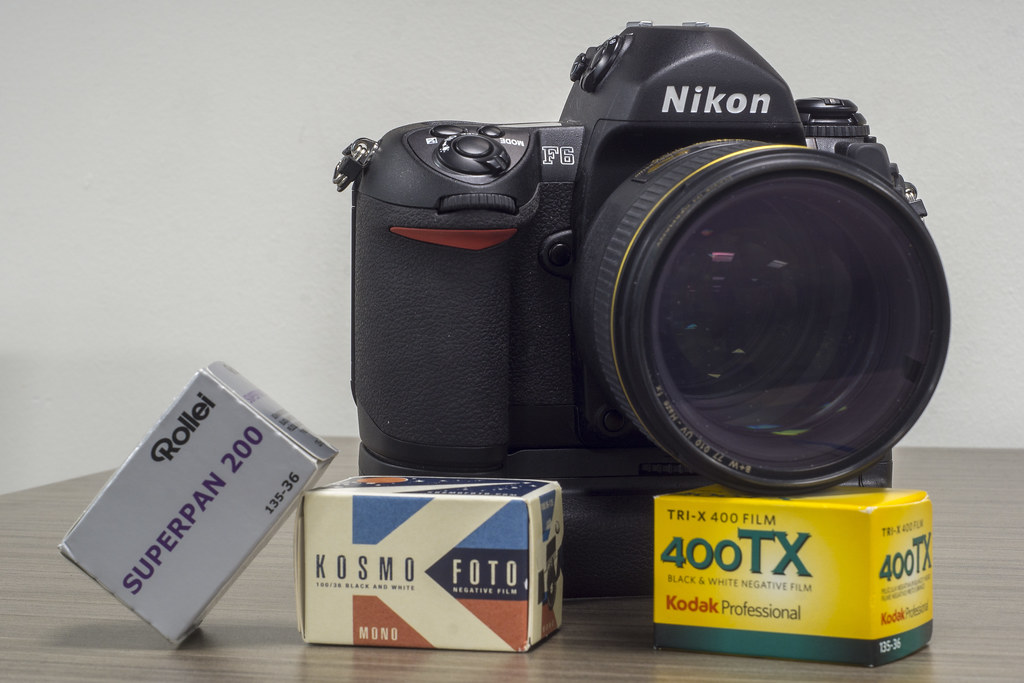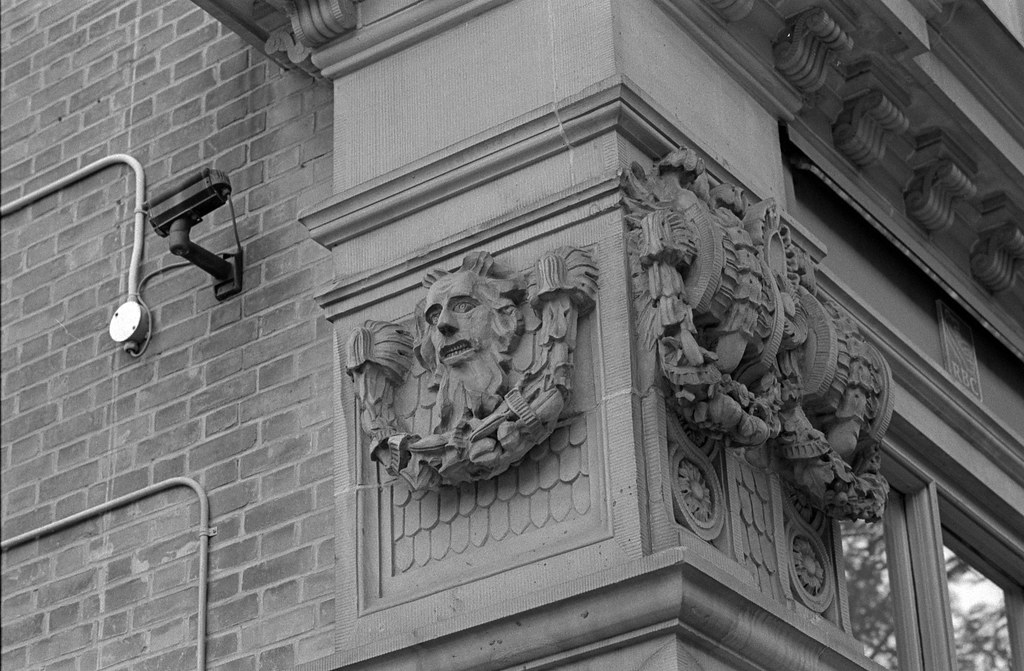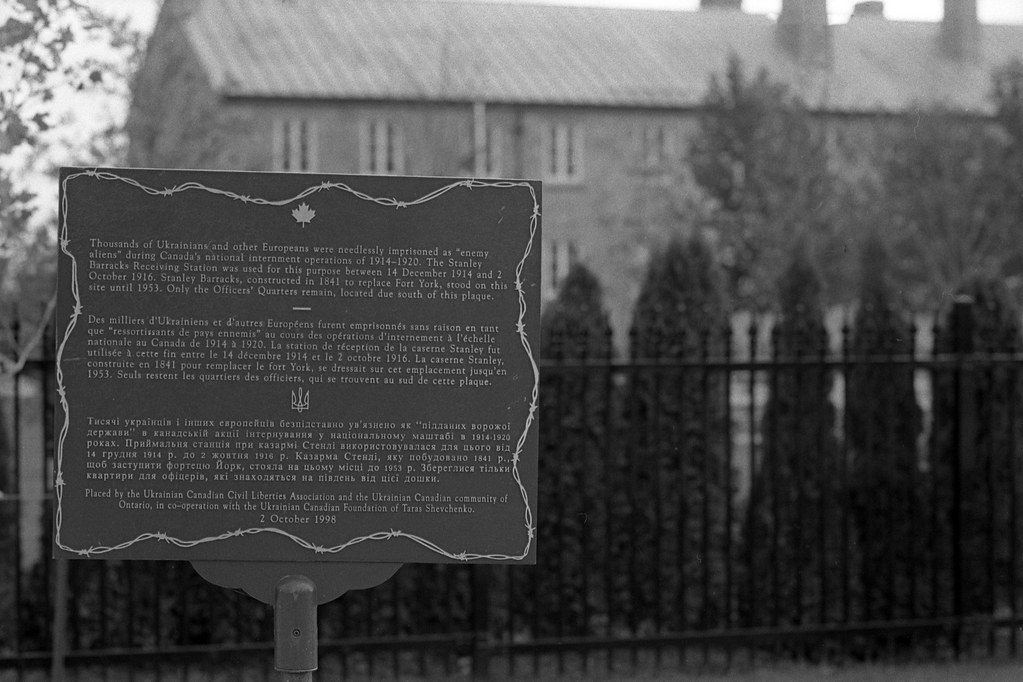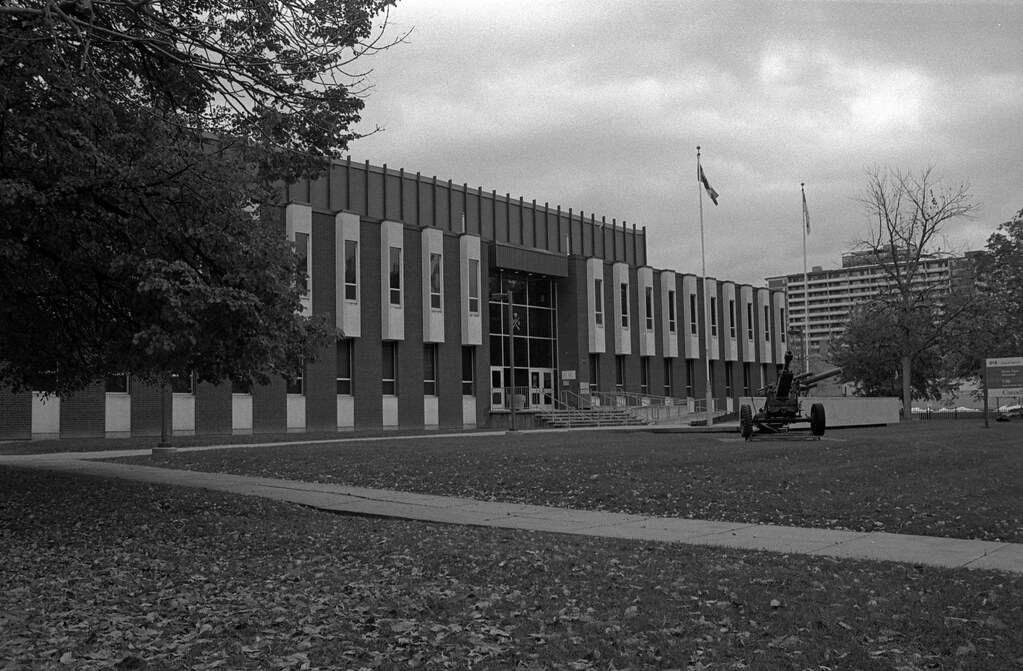It is only fitting to round out the first 100 reviews with the final single digit film camera from Nikon, the mighty F6. The F6 is the last film camera to be produced by Nikon. And while the Nikon FM10 is still produced, it is in fact, made by Cosina rather than Nikon itself. It is also worth a note that this particular F6 is the final one to be sold by Nikon Canada. While the F6 was produced in the age when most professional photographers were shooting digital regularly, the F6 turned into a camera more aimed at the advanced amateur who wanted that professional level kit and had the coin to spare. A special thanks to James Lee for loaning out his kitted out F6 for the special 100th review.

Camera Specifications
Make: Nikon
Model: F6
Type: Single Lens Reflex
Format: 135 (35mm), 24x36mm
Lens: Interchangeable, Nikon F-Mount
Year of Manufacture: 2004-Current


Background
The history of the Nikon F6 is traced back to 1959. Nikon introduced the world to their first professional SLR, the Nikon F. The F took all the major milestones in the history of photography from the first half of the 20th Century and rolled it into a modular camera system. That being that the photographer could customise the camera to their personal needs. This included metered and un-metered finders, focusing screens, motor drives, and different backs. Soon photographers from around the world took their Nikon F cameras into every situation from metropolitan newspapers to the jungles of Vietnam. The F took the world by storm, and Nikon took all the concerns that users had about the F and rolled it into the equally popular successor the F2 in 1971. The F2 proved just a modifiable as the F, and photographers took to the new camera. The next step in the line came in 1981, but the world had changed, and the semi-automatic electronic camera revolution had taken place in the 1970s. Rather than release just another take on the F2, Nikon hired noted industrial designer Giorgetto Giugiaro to design their new camera. The F3 was a sleek black aperture priority camera that also leveraged the new AI and then AI-S lens system that did away with the mechanical coupling claw that was on the earlier Nikon F, and F2 lines (save the F2AS). It also introduced the ‘red strip’ a feature all future Nikon bodies would have in some form. The F3 was long-lived (production running from 1981-2001). Nikon R&D had been working overtime producing faster shutters (found in the FE2 and FM2(n)), automatic exposure (in the FG) and Matrix metering (in the FA, one of Nikon’s shorter-lived model but not the shortest). Then there was the autofocus revolution, Nikon had tried to break into that with the F3AF which flopped. But Nikon learned from all that rolled everything into 1988s Nikon F4. The F4 would be a radical departure in both philosophy and design. The F4 was a brick, big, bulky, and took a while for photographers to pick up on the new camera. When Nikon introduced the F5 in 1995. Compared to all the previous versions lacked a certain level of customisation, users were limited to a few backs and prisms. The F5 also featured an integrated grip. But the F5 set the standard for Nikon first professional digital SLRs, and that design carried on even into today with the D6. But as the world went digital, the F5 was dropped in 2004 replaced instead with the Nikon F6. The F6 would not be marketed to professionals but rather the luxury market who still wanted to shoot film and take advantage of all the new offerings that came with Nikon’s digital cameras. Of all the single-digit F’s the F6 would be the least modifiable. The one thing that Nikon did re-introduce was the removable battery grip, with users choosing to purchase the optional MB-40 grip. And despite film-based photography being niche the F6 continues to be made today and can be purchased new.


Impressions
Upon first picking up the F6, the first thing I noticed is how familiar it felt, and I’m not just talking about shooting my F5, but rather my D300. Suddenly everything made sense on the look, feel, and even the layout of the controls. Almost a perfect fusion between my F5 and D300. I’m glad Nikon chose to split the camera body and the battery grip, but I was also glad to have the grip. The additional shutter release and all-important command dials gave the camera that extra balance needed. The beefy grip fits easily in hand, and the control layout was perfect, everything was within reach. Everything responded exactly how I expected. Now I can see the weight being a bit of an issue over an extended period, but no more than my F5 or D300, and I never complained about the weight of either camera over multi-day trips.


Experiences
As I mentioned earlier I am glad the F6 I borrowed has the optional MB-40 grip attached to it, I felt that it gave far better balance when shooting with the 85mm and 14-24mm lenses. While it would be fine with the short 35mm and 50mm primes I had along also, it was more for the additional vertical release and command dials. Metering wise the camera is dead-on perfect, I shot using both the matrix and spot metering function and both times had perfect exposure. I did struggle a bit with the autofocus on the camera, often forgoing the multi-point AF for my peace of mind. The one thing about the camera that stood out to me was the rewind function, yes, I know, but for me, it’s fairly important to my experience with the camera. And that’s the option to have the camera automatically rewind the film and leave the tail out, something I’ve only encountered on the Contax G2. It just makes life easier for home developing and returning empty canisters to the FPP or other folks who bulk load.


Optics
There’s no doubt of my support for Nikon optics, but the F6 has some amazing lens compatibility. In addition to having the AF lenses in both D and G optics, you can also use all your AI and AI-S (including series E) lenses. And with some modifications even Pre-AI glass. Not only that but even with these older lenses, you have full matrix metering and focus assist. Over my day with the F6, I did not have a chance to test the camera using a manual focus lens. But the camera operated perfectly with the two G-Type and two D-Type lenses without skipping a beat. I also rediscovered my enjoyment of the 85mm focal length and would repurchase another one if the right priced lens came across my desk in either AF or AI(-S) formats.


The Lowdown
To me, the Nikon F6 is the film camera for the digital age, it has all the perks of Nikon digital cameras, but the satisfaction of being a 35mm camera. It is also a dangerous camera for me. I usually limit myself to a single roll of film for these reviews, but in the case of the F6, and attending a Toronto Film Shooters Meetup, it was the only camera in my bag both during and after the walk. I do have to say it is incredibly satisfying to shoot with, not saying that I’m going to be switching my F5 for an F6 anytime soon because they still command a high-price as both new and used stock still exists at camera shops. But if I do get one, it’ll need to be as tricked out as this camera to be a satisfactory replacement for my F5. But if you are looking for a 35mm SLR to match your Nikon FX-format digital, then look no further than the F6.


Further Reading
Don’t just take my word on the Nikon F6, you can check out the reviews by other awesome camera reviewers!
Emulsive – Dream Camera: My experience buying a Nikon F6 from JCH
Ken Rockwell – Nikon F6 Review
Casual Photophile – Nikon F6 Review
Anatomy Films – Nikon F6, Film Perfection
Oleg Novikov – Complete Nikon F6 Review
Great read as always Alex, the F6 is an amazing camera. I also found the f4 to be a brick, and f5 a larger rubberized brick. It may be overkill in 2023 but it provides me with well exposed, sharp focus most of the time.